The internet will always need something to obsess over at any given point in time. One like leads to another and before you know it, a trend is born. Your feed will be flooded with the same trend in different concepts over and over again until the crowd decides to obsess over something else. And the cycle repeats itself.

Brands are starting to realize the value of setting trends and following them instead of pushing them forward.
Why are brands participating in — or trying to kickstart — trends now more than ever?
It all starts from the brand within – cultural branding.
The What and Why of Cultural Branding
The brands you know and love culturally brand themselves in a particular way that reaches their target audience the right way. Cultural branding is a strategic method that combines the values, traditions, and beliefs of a specific cultural group into a brand’s identity and marketing efforts.
Fixed Identities and Shape Shifters
A brand doesn’t shape itself, it uses its target audience’s culture to shape themselves. Brands that are too dependent on their image and mission can only go so far. Without taking into consideration the beliefs and online behaviors of their consumers, it will be difficult to reach visibility.
As much as consumers like Gen Z are identity shape-shifters, brands have become one, too. Platforms continue to change as consumer behavior does. Algorithms and platforms that are discovery-based drive the culture trend further and brands need to evolve to stay in the loop of that culture.
Social media pushed for discovery. Platforms like Instagram are known for community building but as consumers become more hyper-aware of all things pop culture or trending in the media, people crave to search for learning and entertainment. Discovery platforms like TikTok utilize visual search and storytelling to push trends and cultural moments forward, which is where all the attention goes. As a brand, keeping your eyes on the rise and peak moments of social life will benefit your brand.
Imagine if you were selling a Halloween costume that had no relevance to what’s happening today in the media. If you compare a Barbie costume to a Sabrina Carpenter tour costume, the Sabrina costume will automatically win because of how relevant it is. You decided to sell your brand based on a relevant cultural moment which is her tour and the fact that she changes the color of her costume for every show. Compared to Barbie, while that was very popular, it isn’t relevant now. Relevancy is aligning your brand values with your target culture to develop meaningful connections and increase brand loyalty.
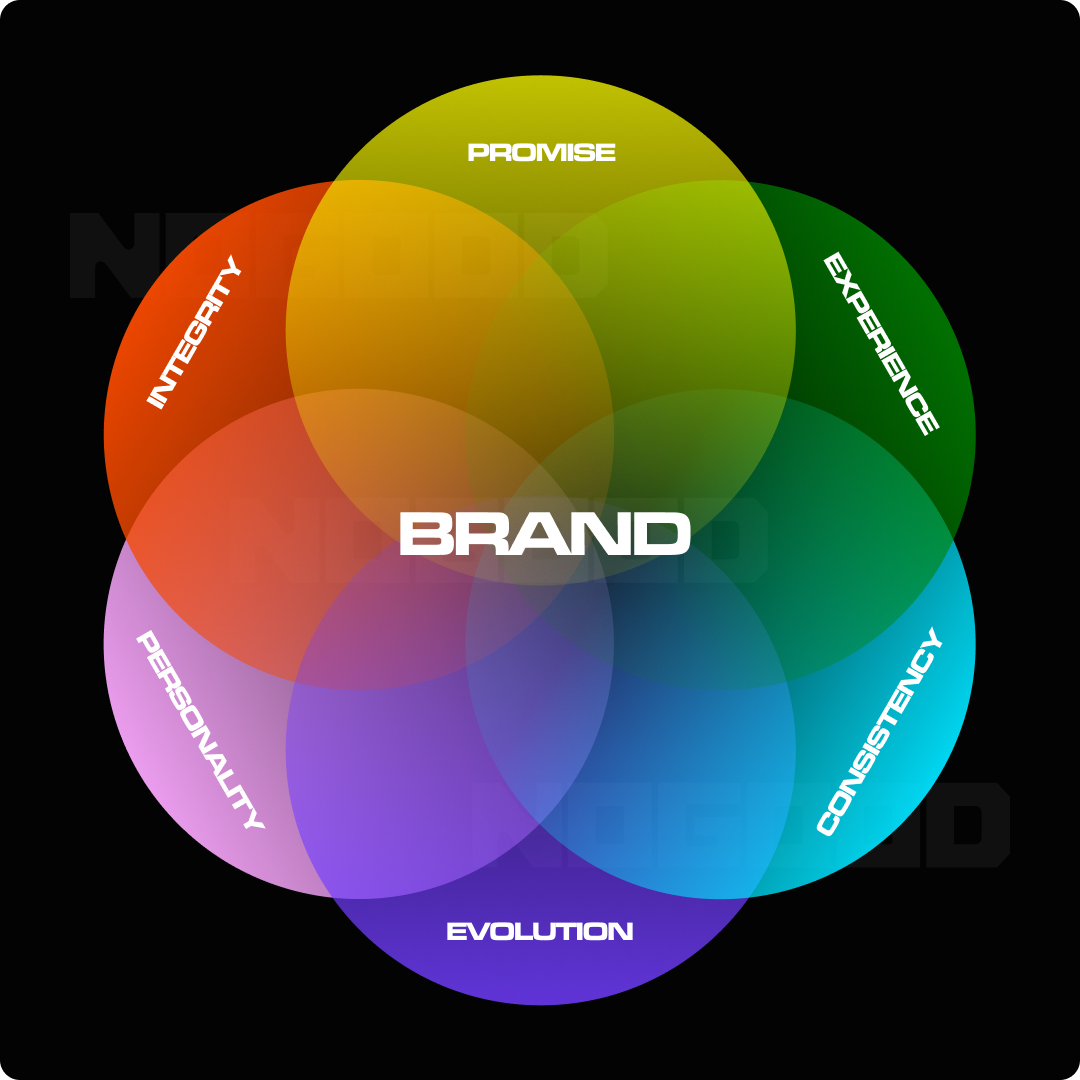
Cultural branding pushes the brand forward and shows that you can be a part of moments your consumers are a part of too. Your customer base is always evolving their beliefs and cultural values. As a brand, you need to always keep yourself on your toes to reflect the different communities they want to partake in, even if it’s for a day or a week.
It’s all about being flexible – staying aligned with your brand values while being relevant in everyday moments creates a sense of belonging within your customer base that keeps them loyal to the brand.
Building Cultural Influence the Right Way
Cultural branding is one thing, but cultural influence is another. It’s easy for a brand to copy and paste a current cultural moment — but how impactful was that moment for your brand and your consumers?
Branding yourself to align your values with your consumers’ culture is the best way to gain trust and loyalty, but inconsistency changes the game and brands must reflect on cultural moments the right way. Instead of copying a script, find ways to evolve the social narrative to generate conversation on a topic people already know.
If a trend is going viral, what can you do as a brand to stand out from other brands and creators who are implementing that trend in their content calendar? A sleazy copy can make for a few likes and follows, but providing a fresh perspective generates engagement in comments and shares plus the likes and view count.
It’s important to stay aware and alert to the waves of social change. Gen Z’s are the decision makers of the online space. Whatever they say goes and as a brand you must be quick to follow if you want to stay on their radar and that means participating during the rise and peak of a trend versus its decline.
The Power of Trends
Staying on Gen Z’s radar means staying on top of trends and culturally relevant moments. Kudos to you if you’re able to be the trendsetter, but familiarizing yourself with what goes on in social media gives you a step ahead in the right direction.
Here’s the truth about trends – they can happen at any time on any given day. There’s no exact formula as to why something goes viral. Whether it’s a cute animal like Moo Deng or Nutter Butter’s chaotic TikTok, the internet will find anything to randomly select and make it go viral.

Virality generates conversations throughout all popular social platforms like TikTok and Instagram. Virality equals trends, equals likes, equals engagement. Someone or something’s 5 seconds of fame can be your 5 seconds of fame too.
3 Ways That Leveraging Trends Build Cultural Influence
It’s clear to see that trends aren’t just temporary moments – they’re golden opportunities. Here are 3 ways that leveraging trends versus ignoring them builds cultural influence.
1. It Increases Your Brand’s Visibility
Tapping in on social media trends gives your brand the opportunity to show up on algorithms and draw social media users to your account. When something blows up, all eyes are on that one trend and users go into a rabbit hole searching for relative content surrounding that trend.
If your brand can participate in a trend the right way without looking like a copy and paste, the chances are higher that you’ll go viral too.
2. Connecting With Your Audience
Participating in trends opens doors for connections between your brand and audience. It clearly shows that you are into what they’re interested in, even if it’s for a temporary time. This not only shows how relevant you are as a brand but also how engaged you are with your audience to connect with them on topics they’re talking about. Being a part of conversations that are already happening is key.
Cultural branding is all about being authentic. A brand that is able to make light of humor that happens on the internet that their target audience is talking about is authentic. It makes your brand trusting and conversational. Even being able to put your own fresh perspective on a trend not only brings you into the conversation but it further contributes to a conversation people are already having.
3. It Helps Boost Engagement
Following up with a cultural moment or trend allows for more eyes to pique interest at your content. Due to the nature of a trend, the more viral it goes, the more people are making videos about that one concept. A brand will see more likes, comments, and shares on a video or post if it’s relevant to the trend that’s occurring at the moment.
Trends can align the right people to your brand without them even looking for it. Your brand is already relevant by being a part of a trend your target audience is participating in. It is what will drive people to not only that individual source of content, but your other content pieces, page, website, etc. People will find you without actively searching for what you offer, and that goes a long way just by contributing to the conversation of a cultural event or viral trend.
4 Brands That Leverage Trends Well
Brands are a reflection of one another in multiple different ways whether it’s adding onto a mission or filling in a gap in an industry. Here are 4 examples of brands that leverage trends well that increased their brand’s visibility, helped connect with their audience, and boosted engagement.
1. Duolingo x Brat Summer
You’re probably tired of hearing everyone talk about Duolingo, but that’s a good thing! Duolingo doesn’t only reign in being the most recognizable mascot, they’re known for being a part of trends fast.
Take their guerilla marketing stunt for example. Duolingo sent about 20 of their employees to watch Charli XCX on her “Sweat” tour in the pit. The catch – they were all dressed as Duo birds. This was a smart marketing tactic for their brand because it prompted fans at the concert to take pictures of the birds, making them go viral.
People generated organic content for Duolingo. If you searched up Duolingo at the Charli XCX concert, videos would appear but not from Duolingo’s account itself. And why Charli XCX in particular?
Because of Brat Summer of course.
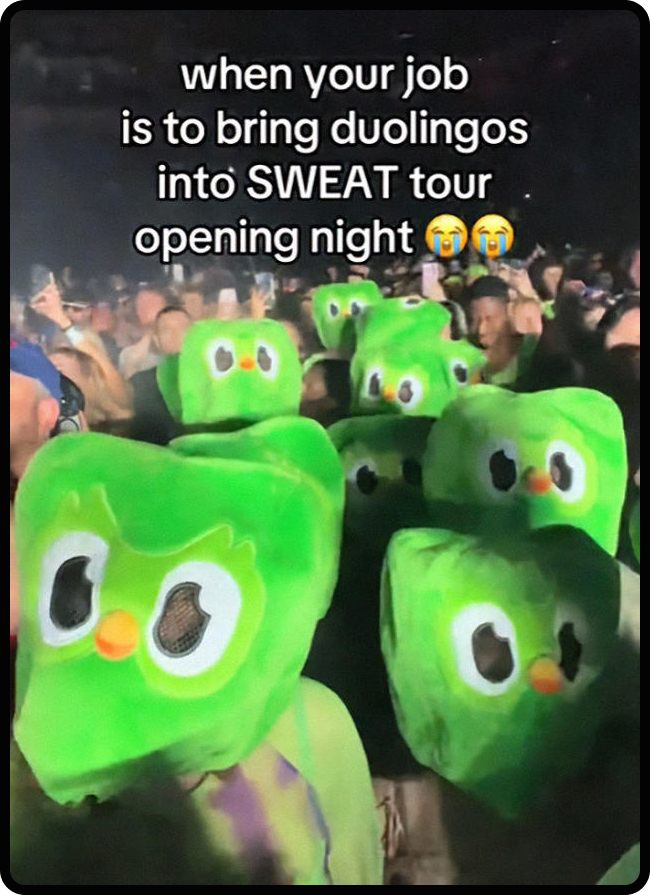
Charli XCX’s neon green album took social media by a storm this past summer with viral dances and memes circulating the fashion movement she started. Duolingo is already neon green to begin with so it would’ve been a missed opportunity if they didn’t show up for brat summer one way or another.
Participating in cultural trends got people talking about their brand for them. Sure, Duolingo’s bank account might be a couple thousand lighter but the outcome was exactly how they expected it.
2. Chipotle x Spirit Halloween
Since when have you ever heard of someone wanting to dress up like a black fork for Halloween? No one. Until Chipotle convinced you otherwise.
The internet went into a frenzy this past year when they realized Chipotle was serving smaller portion sizes for bowls and burritos. It’s almost like everyone across the nation united together and decided to film Chipotle workers making their bowls to guilt them into serving more. The people grew tired and demanded the amount of food they used to receive.
Chipotle’s response? Halloween costumes. They mocked the viral trend and decided to collaborate with Spirit Halloween to create costumes: a napkin, black fork, to-go bag, cup, and burrito. This is a brand who takes a trend and drives the conversation further by being the trend. If Chipotle lacked in recognizing how big of a moment they were having on social media, they wouldn’t be a part of cultural conversations.
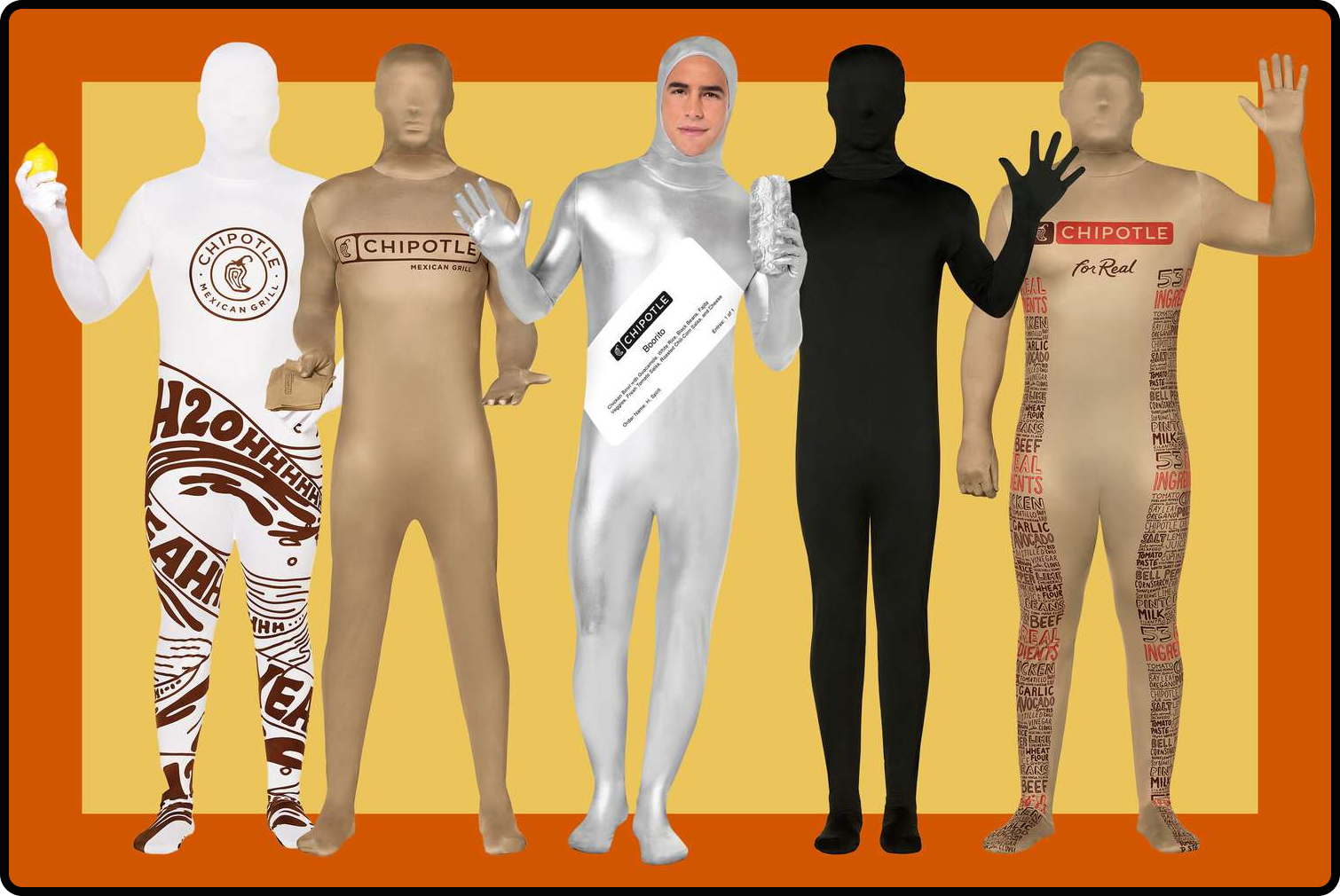
The only times you’d hear someone mention Chipotle is when you’re actively going to get a meal. Since Halloween is around the corner, they took a stab at turning an old fad into a cultural moment for them until the holidays ended. Sure, maybe no one would really dress up as a to-go bag, but it’s funny enough for people to talk about. That’s how Chipotle turned an offline conversation into an online conversation again.
3. Caseify x Sonny Angels
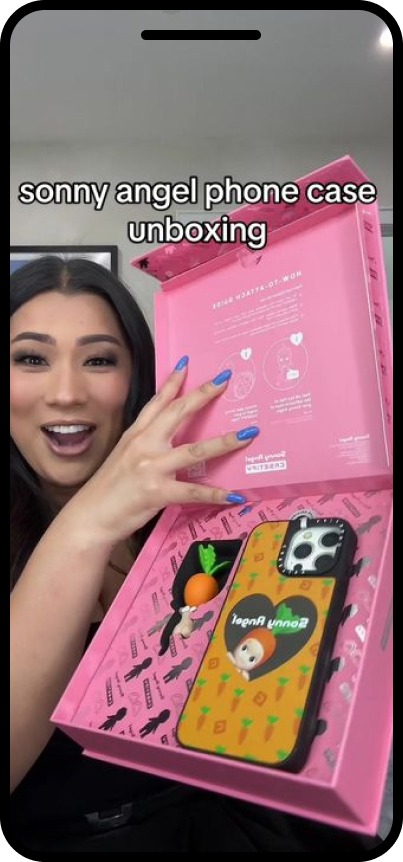
Sonny Angels are the collector’s items of Gen Z. While millennials fought for the rarest Beanie Babies and decks of Pokemon cards, Gen Z was rampaging through to stores to get their hands on Sonny Angel mystery boxes.
Sonny Angels became a trend. Almost every Gen Z person knows what it is because of TikTok. Content ranging from unboxing videos to putting them in display cases only created a frenzy of people who wanted the figurines even more. TikTok created a community of Sonny Angel lovers and gave them the space to feel accepted and share their collections. Then enters the brand Caseify who turned a trend into their own.
Sonny Angels missed an opportunity to offer their figurines as keychains, so Caseify stepped up and offered them as hipsters. The Sonny Angel hipsters have a sticky flat stomach to lay perfectly on a smartphone. Releasing the hipsters and Caseify’s collab cases, the Sonny Angel community found something to obsess about even more. The brand took a trend and contributed to it by creating a product trendsetters already love.
The Sonny Angel community not only cared about the little figurines but now the Caseify brand because they listened to current needs and offered a product that fed into their internet obsession, making the brand authentic and relatable.
4. Vans Uplands
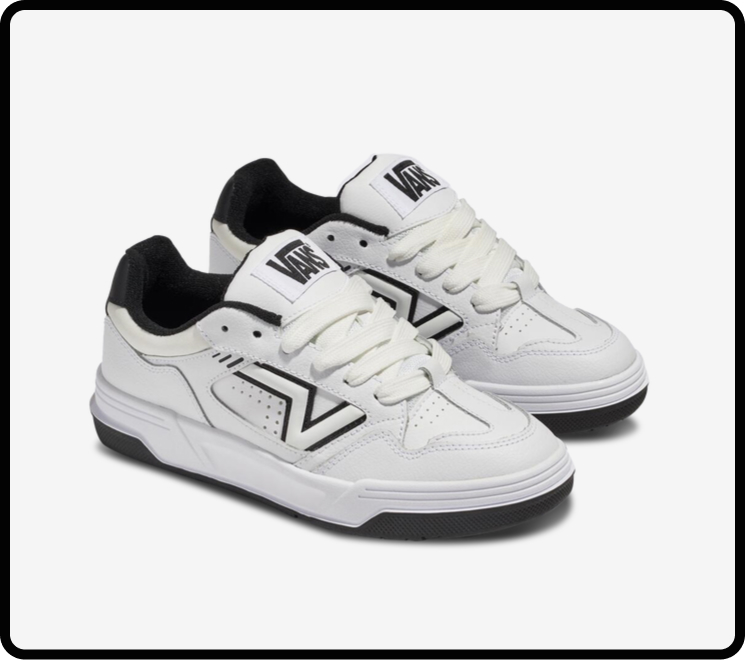
The Y2K fashion trend has been back for a while but has peaked in 2024. As social media platforms curated communities for sharing and discovery, fashion was one of them. Vans held the reputation of being the best skate shoes but the target was too niche.
Fashion consumers favored chunky and colorful shoes again to elevate their fashion looks. Vans Old Skool sneakers didn’t cut it and they were left behind as popular brands like Nike, Adidas, and New Balance took first place in the fashion handbook. Fashion content is influential and Vans kept missing the mark to be a part of the fashion trend until they released Uplands.
The new Uplands sneaker replicated the Y2K sneaker, featuring a thicker sole, wider laces, and a chunky sneaker overall, similar to New Balance. The result? Everyone was talking about them again. Videos viraled the Upland sneaker and fashion lovers devoted their trust again in the brand because of one sneaker. The brand name was lost but regained the spotlight once they participated in a trend to stay in the loop.
Understanding the impact of trends can change a brand’s perspective. Not only did they participate in a trend but they reached a target audience they never really had and that’s what causes a domino effect.
Key Takeaways
- Don’t be afraid to hop on a trend while it’s still hot. Add your own gas to the flame and watch your fire grow.
- Open your eyes to what trends have to offer. The smallest changes can make a big difference to how your audience sees you before and after a trend.
- If people are building a trend around you, be a part of the act! It’s a lost opportunity to not participate in what people are throwing in your face.
- Stay on top of internet obsessions. The fate of virality lies within your audience and being able to resonate with them builds authenticity, relevancy, and connections.








